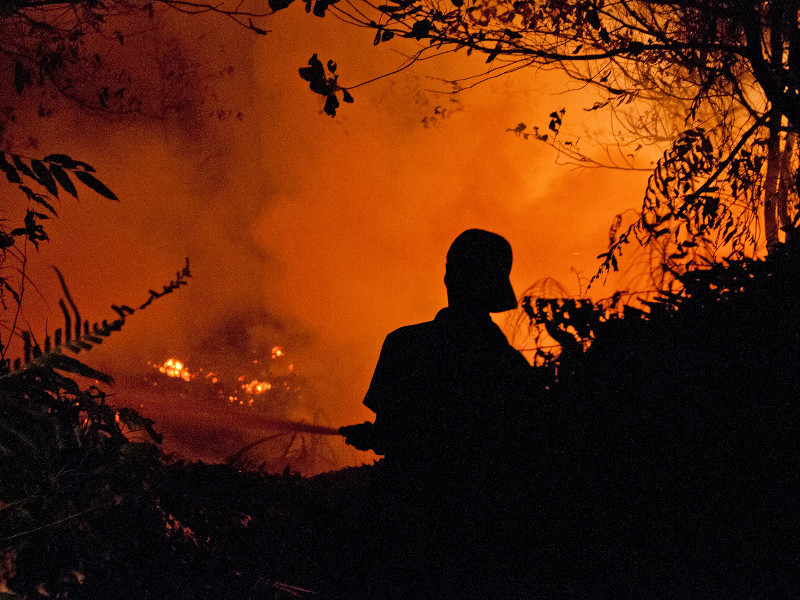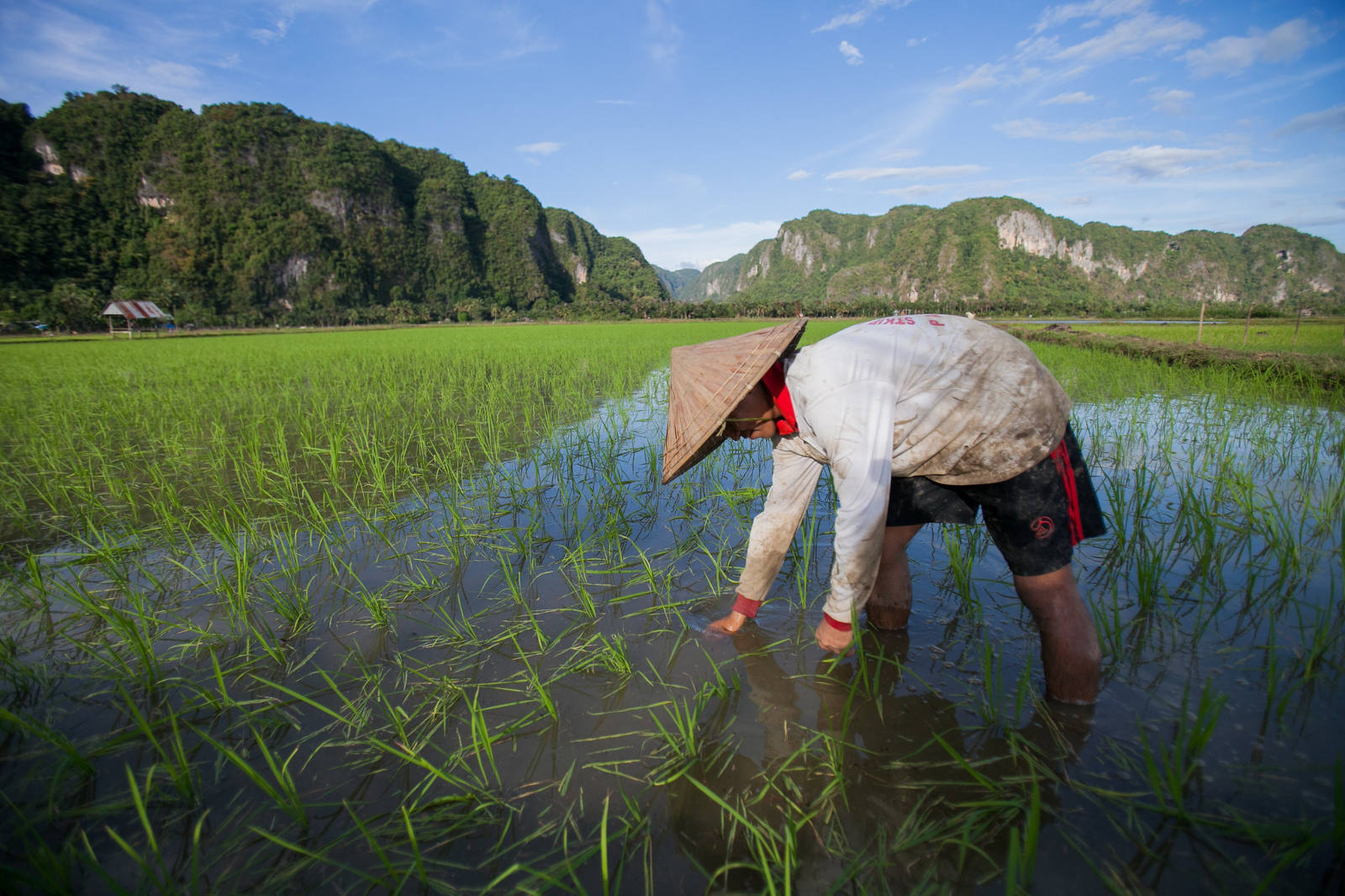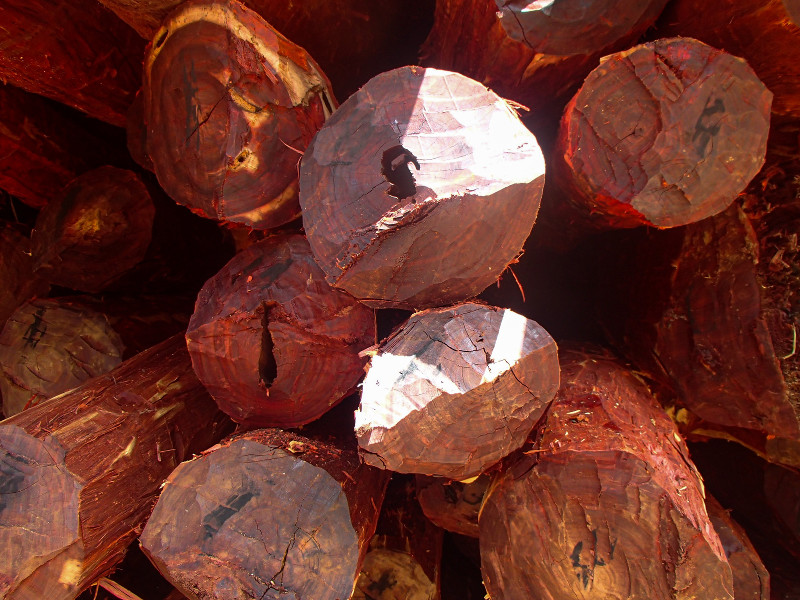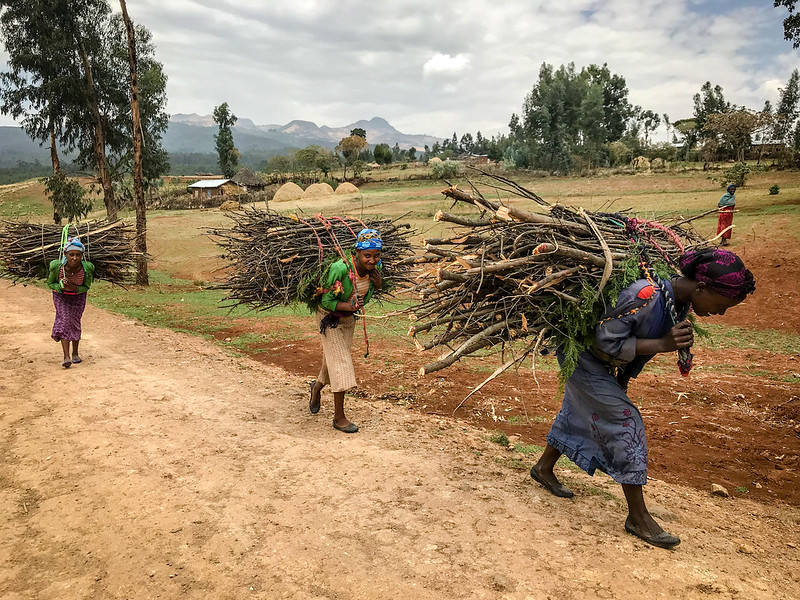Crotalaria species used in rotations with maize to replenish soil fertility have been noted to host high populations of lesion (Pratylenchus spp.) and spiral nematodes (Helicotylenchus spp. and Scutellonema spp.). Thus, there is a need to identify Crotalaria species resistant to lesion and spiral nematodes to reduce their detrimental effect on maize. Eight Crotalaria species (C. agatiflora, C. grahamiana, C. laburnifolia, C. ochroleuca, C. paulina, C. incana, C. pychnostachya and C. striata) were evaluated along with maize, Sesbania sesban and Tephrosia vogelii to determine their effects on nematodes in two trials. Maize was grown subsequent to one-or two-seasons growth of each Crotalaria spp. These tests were conducted in randomized complete blocks replicated on farms near Yala town in western Kenya. The response of Crotalaria spp. to Pratylenchus spp. was not consistent across the two trials. In soils containing high initial Pratylenchus spp. populations, S. sesban and T. vogelii supported low nematode populations. All Crotalaria spp. and maize hosted high nematode populations. Pratylenchus and spiral nematodes did not affect the biomass production of Crotalaria species that produced good early growth, indicating the need for good early management. Poor plant stand was noted for C. agatiflora, C. grahamiana and C. paulina which had high root infection by Pratylenchus spp. In soils containing low initial populations of Pratylenchus spp., Crotalaria spp. caused only small changes in the nematode populations. Maize yields were not reduced by spiral nematodes in any of the studies. Maize yields, however, were negatively correlated to the Pratylenchus spp. populations in the highly infested soils. Despite increasing lesion and spiral nematodes, Crotalaria cover crops may not pose a threat to subsequent maize in the short-term. However, in the long-term, or when pre-existing Pratylenchus populations are already high, maize following Crotalaria cover crops may suffer from the nematode damage.
DOI:
https://doi.org/10.1017/S0014479704001838
Altmetric score:
Dimensions Citation Count:





















